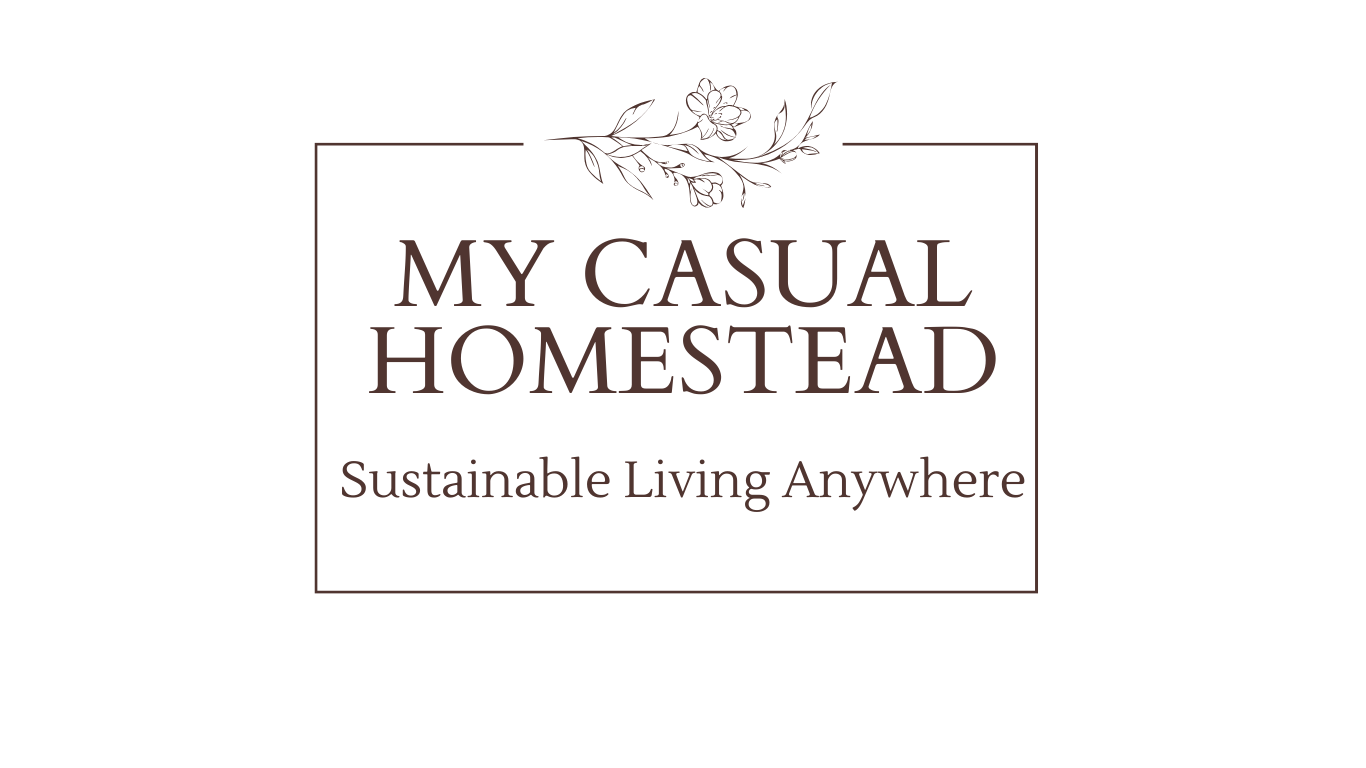This blog is our way of sharing wisdom and the things we have learned about homesteading, if I was being completely honest it should be called ‘101 Mistakes and How Not to Make Them in Homesteading’. About 10 years ago my family and I found this magic property with a unique house and a BARN!. So I promptly set about filling said barn with animals, because that’s obviously what barns are for! So far, so good. Well then the animals started pooping, and they just wouldn’t stop. Now intellectually I know that everyone poops (including animals) because there is a children’s book with just that title, (no really, there is, and you should buy it for every kid you know because it’s just that fabulous), and I have read about composting. Well, all my reading had not prepared me for this, this was an Aegean stable kind of problem, with no river to clean my mess. So we did what any sensible person would do, we put all the poop in a pile in a neglected corner of our yard and hoped it would magically turn into soil. Big sigh, nope…..
We threw all of the animal waste into that pile, chicken, rabbits, goats, and sheep. That mound kept getting bigger and bigger but not breaking down like I wanted. We figured the problem was not enough oxygen and too much brown carbon material. There wasn’t enough grass clippings in the world to offset that problem. Well coincidentally, we had just bought a tractor (my husband thought it was fair if I was going to fill a barn with animals he should have a tractor, who was I to argue?) so we started turning the mountain with the tractor and it started heating up. That pile took almost 2 years to turn in something that looked like soil, probably because we kept adding to it, we were slow learners.
So after trial and error, we learned how to distribute animal waste without creating mountains.So here is our method of poop disposal.
Chickens-
We use something called the deep litter method in our chicken coop, We essential only clean out the coop twice a year, (previously we had put that on our poop mountain). We like pine shavings for the floor, cheap in Eastern Oregon and doesn’t compact under the roost and is quite easy to remove. When it starts to get a bit smelly or unclean we put more shavings down, about 1/4 of a compressed bale, just enough to cover the mess. The shavings are wonderful at absorbing moisture so all of the fertilizer (poop) is absorbed into the shavings and not the wood floor of the coop!
In the fall we clean out the coop and deposit all of the waste into the raised garden beds. It gets mixed into the soil and has all winter to break down just in time for spring planting. Essentially our way is the lazy way, we let the lovely worms and the rain and snow turn our chicken waste into beautiful safe fertilizer directly in the garden. Warning: Never put chicken waste directly on growing garden plants. Chicken waste is considered hot until it is composted down, this means it will burn your plants, and chicken waste has bacteria that can harm you if you put it fresh on your edibles that are destined for the table
Spring clean up is used to mulch the berry garden, we put the waste directly on the garden paths. This helps with weed suppression as well as fertilizing the berries for the year. Raspberries have a tough woody cane that is able to handle the chicken waste but we still keep the mulch about 6-8 inches from the berry vines. New canes just emerging from the ground are delicate and green and the waste will burn the new leaves and possibly kill the canes themselves… um, I know this because one year I put the waste all around the base of the raspberries and I killed many of the new shoots. Lesson learned, well until I make my next mistake!
Rabbits-
My rabbits are kept in large cages up off of the ground, we do this to keep the cages cleaner and to keep them away from predators. This waste is scooped up and distributed into the flower beds. Rabbit waste is considered safe to put directly into growing plants and the nitrogen will not burn them. I still prefer not to add fresh animal waste to my edible garden beds while I have things growing, so they fertilize the flowers instead. In the fall after harvest, we do start adding it to the raised beds to mix with the chicken waste.
Goats and Sheep-
In the barn where the sheep and goats sleep and spend their time when the weather is bad, we use the deep litter method as well. We use straw to keep things clean, straw is cheaper than pine shavings for larger areas. We used to clean out everything every two weeks, thus the mountain grew. Now with the deep litter method, we clean it out once a year in the spring. We still put all of it into a pile but that pile is significantly smaller because the bottom layer of the straw and poop has already composted itself. The sheep and goats spend most of their time in spring summer and fall in the pastures grazing and incidentally fertilizing the fields as they go. Only in winter when the weather is cold or wet does the litter start piling up. This pile is manageable and we are able to add green grass clippings and yard debris to the straw causing it to heat up quickly and decompose into soil. We turn it with the tractor and soon we have more soil for our flower and garden beds. No more mountains, no more poop, just health happy soil!











